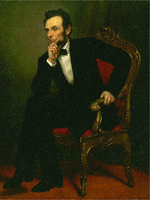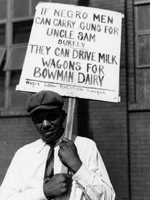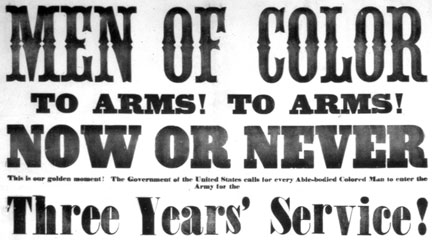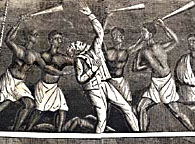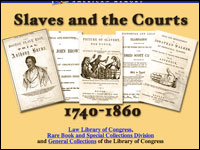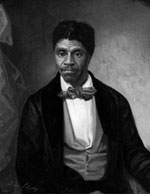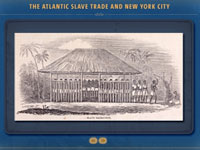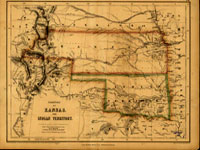Teaser
How to identify the author, audience, date, and message of historical posters.
Description
Using historic posters, this lesson engages students in analyzing primary sources by identifying their author, intended audience, date, and message.
Article Body
This well-planned lesson, which uses posters on slavery and abolition, teaches students to ask important questions as they read a primary source. First, the teacher models the task by analyzing a representative poster in front of the classroom. In small groups, students then analyze additional posters, locating such information as author, audience, purpose, and message. They use this information to consider the attitudes towards slavery that the posters convey.
One strength of the lesson is that the primary sources are given in two formats: students receive historically evocative reproductions of the original posters along with easy-to-read typed transcriptions. Some teachers may choose to highlight important text, particularly for beginning readers; other teachers will want to leave it up to students to locate and identify this crucial information.
This lesson appears in the December 2004 issue of History Now, a quarterly journal of the Gilder Lehrman Institute of American History.
Topic
Slavery and Abolition
Rubric_Content_Accurate_Scholarship
Yes Lesson is accurate and up-to-date.
Rubric_Content_Historical_Background
No The lesson plan's Teacher Resources section includes links to information about historical context. It's up to teachers, however, to decide how much background students will need.
Rubric_Content_Read_Write
Yes In class, all students read, and one student per group records information on a Poster Inquiry Sheet. In the suggested homework assignment, students each write a news story about their assigned poster.
Rubric_Analytical_Construct_Interpretations
Yes The Poster Inquiry Sheet provides students with a method for identifying and interpreting historical facts.
Rubric_Analytical_Close_Reading_Sourcing
Yes During the modeling and the group work, students learn and practice how to read primary sources.
Rubric_Scaffolding_Appropriate
Yes Some language in the posters may be difficult, but teachers can choose to highlight sections of text to reduce the amount or difficulty of necessary reading.
Rubric_Scaffolding_Supports_Historical_Thinking
Yes The teacher's modeling step provides a helpful scaffold, as does the Poster Inquiry Sheet.
Rubric_Structure_Assessment
No Although the lesson plan does not include an assessment rubric, teachers can check in with small groups to assess student learning.
Rubric_Structure_Realistic
Yes The modeling provided in Steps One, Two, and Three is pedagogically useful. However, reading every single poster before the class may be excessively time-consuming. Teachers may want to discuss just one poster and then go around the classroom to check in with small groups as needed.
Rubric_Structure_Learning_Goals
Yes The lesson plan helps students to learn about slavery and abolition while providing a method for analyzing primary sources.
